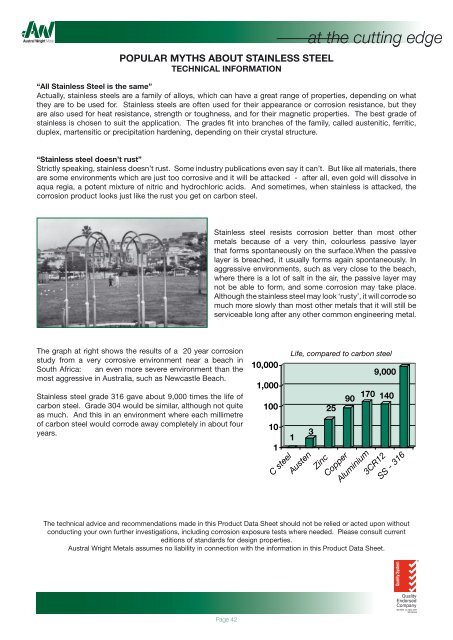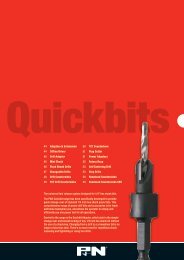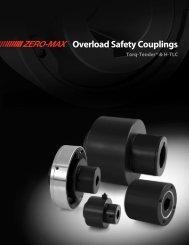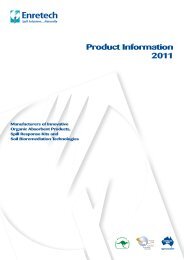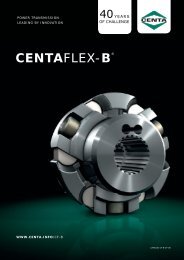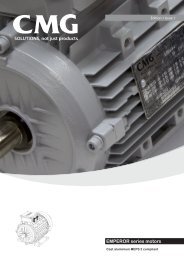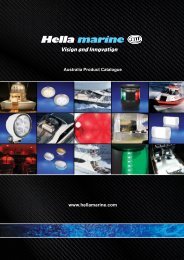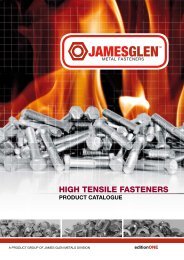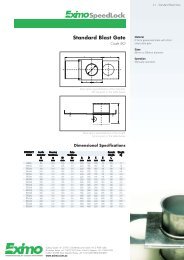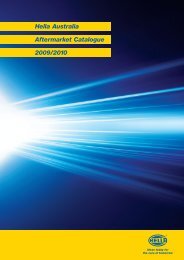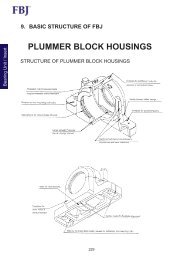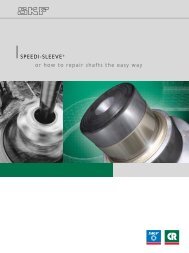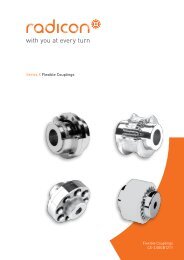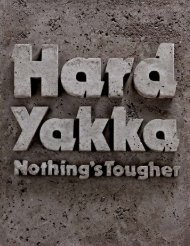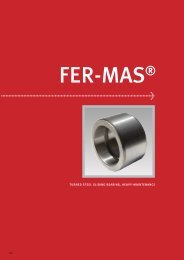Full Catalogue Stainless Steel & Aluminium - Austral Wright Metals
Full Catalogue Stainless Steel & Aluminium - Austral Wright Metals
Full Catalogue Stainless Steel & Aluminium - Austral Wright Metals
- No tags were found...
Create successful ePaper yourself
Turn your PDF publications into a flip-book with our unique Google optimized e-Paper software.
POPULAR MYTHS ABOUT STAINLESS STEELTECHNICAL INFORMATION“All <strong>Stainless</strong> <strong>Steel</strong> is the same”Actually, stainless steels are a family of alloys, which can have a great range of properties, depending on whatthey are to be used for. <strong>Stainless</strong> steels are often used for their appearance or corrosion resistance, but theyare also used for heat resistance, strength or toughness, and for their magnetic properties. The best grade ofstainless is chosen to suit the application. The grades fit into branches of the family, called austenitic, ferritic,duplex, martensitic or precipitation hardening, depending on their crystal structure.“<strong>Stainless</strong> steel doesn’t rust”Strictly speaking, stainless doesn’t rust. Some industry publications even say it can’t. But like all materials, thereare some environments which are just too corrosive and it will be attacked - after all, even gold will dissolve inaqua regia, a potent mixture of nitric and hydrochloric acids. And sometimes, when stainless is attacked, thecorrosion product looks just like the rust you get on carbon steel.The graph at right shows the results of a 20 year corrosionstudy from a very corrosive environment near a beach inSouth Africa: an even more severe environment than themost aggressive in <strong>Austral</strong>ia, such as Newcastle Beach.<strong>Stainless</strong> steel grade 316 gave about 9,000 times the life ofcarbon steel. Grade 304 would be similar, although not quiteas much. And this in an environment where each millimetreof carbon steel would corrode away completely in about fouryears.<strong>Stainless</strong> steel resists corrosion better than most othermetals because of a very thin, colourless passive layerthat forms spontaneously on the surface.When the passivelayer is breached, it usually forms again spontaneously. Inaggressive environments, such as very close to the beach,where there is a lot of salt in the air, the passive layer maynot be able to form, and some corrosion may take place.Although the stainless steel may look ‘rusty’, it will corrode somuch more slowly than most other metals that it will still beserviceable long after any other common engineering metal.10,0001,000The technical advice and recommendations made in this Product Data Sheet should not be relied or acted upon withoutconducting your own further investigations, including corrosion exposure tests where needed. Please consult currenteditions of standards for design properties.<strong>Austral</strong> <strong>Wright</strong> <strong>Metals</strong> assumes no liability in connection with the information in this Product Data Sheet.100101Life, compared to carbon steel13259,00090 170 140C steelAustenZincCopper<strong>Aluminium</strong>3CR12SS - 316Of course, the passive layer that stainless steel relies on for protection has to be allowed to form. Blue and blackvisible oxides formed during heat treating, welding and heavy grinding interfere with the formation of the passivelayer. They must be removed to get the full corrosion resistance of each grade of stainless steel.Often, when stainless steel appears to be rusting, it has actually been contaminated with carbon steel – whichrusts, of course! And the stainless steel gets the blame. The secret is to fabricate the stainless steel in a dedicatedarea and make sure there is no contamination with carbon steel from tools, equipment and storage fixtures. Andif there is carbon steel contamination, treat the stainless with a passivating acid to remove it.“<strong>Stainless</strong> steel is not magnetic”Some types of stainless steel, including the most common ones, the austenitics, aren’t magnetic. But most types –the ferritics, martensitics, duplexes and most of the precipitation hardening grades – are magnetic. The corrosionresistance is not affected in any way by whether the grade of stainless is magnetic or not – corrosion resistancedepends on how much of the key alloying elements you have, especially chromium and molybdenum.Even the austenitics can become somewhat magnetic when they are deformed. Try putting a magnet in thecorner of a stainless steel sink – some magnetism can usually be detected. The amazing ability of austeniticstainless steel to deform without breaking is used to deep draw sinks in one piece – without heating!“<strong>Stainless</strong> steel is expensive”<strong>Stainless</strong> steels do cost more than carbon steels, in dollars per tonne. With the extra alloys, they are bound to.But the extra performance of stainless steels more than pays for the difference, and stainless often works out asthe cheapest way to do the job. Carbon steel usually needs to be painted for corrosion protection, and even iftheir first installed cost is lowest, their advantage disappears on the day they have to be repainted. The cost ofstainless in dollars per day for the life of the job will be much lower.“18/10 <strong>Stainless</strong> steel is better than 18/8 stainless steel”Actually they are both the same. The common austenitic grades contain about 18 to 20% of chromium, and 8to 10% of nickel. Europeans often refer to them as 18/10 stainless, while the English speaking world – <strong>Austral</strong>ia,USA, UK – call them 18/8 stainless. There are minor differences between the standard stainless steel compositionsin different parts of the world, but the performance of the grades are effectively the same wherever in the worldthey are made.“All stainless steels have the same corrosion resistance”The corrosion resistance of stainless steels mostly depends on their content of the alloying elements chromium andmolybdenum, plus a few other factors, depending on the specific application. The surface finish and fabricationpractice can have a major effect.Eight years exposure to atmospherePenetration, mm0.200.150.100.05. . ... .... ..... . ....0.000 1020 30Chromium, %. Moderate Marine . Severe MarineResistance to pitting & crevice corrosionCritica Temperature, C10080604020PittingCrevice025 35 45 55PREN = %Cr + 3.3(%Mo) + 30(%N)Page 42 Page 43


